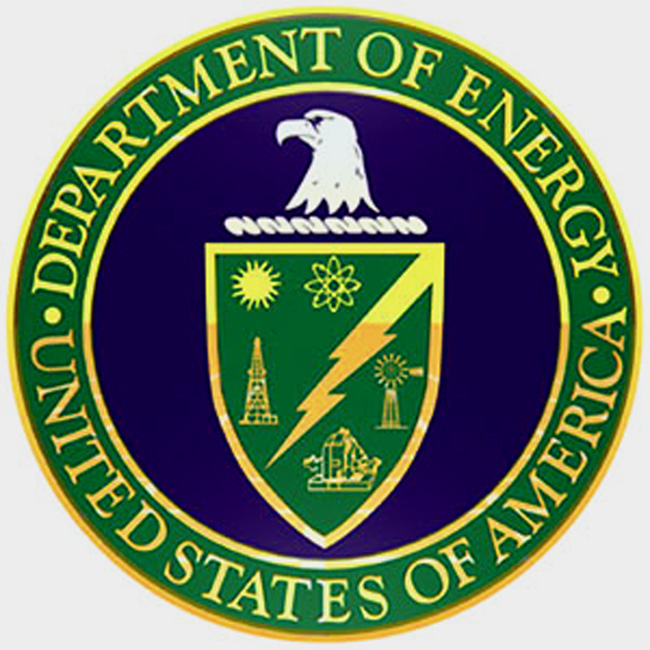


|
Neutrinos have been the portal to surprising new physics in almost all their properties including mass and mixing angle. Among all known particles in the standard model, neutrinos are the only particles that almost certainly point towards physics beyond the Standard Model. Weak interaction process guides the neutrino interaction process with ordinary matter, similar to how Weakly Interacting Massive Particles (WIMPs) are expected to interact with ordinary matter. Hence, neutrinos pose challenges as the ultimate background to direct searches for dark matter, when they coherently interact on detector nuclei. Detection and precision studies of Coherent Elastic Neutrino Nucleon Scattering (CENNS) promises to be an important tool in searches for new physics as we attempt to understand neutrino properties and try to discover the nature of the particles that make up the dark matter in our Universe.
The Mitchell Institute Neutrino Experiment at Reactor (MINER) is a reactor based experiment in US that combines well demonstrated low-threshold cryogenic detectors developed for the SuperCDMS dark matter search with a unique MW TRIGA researc reactor with a movable core providing meter-scale proximity to the core. The low-threshold detectors (~100 eV recoil energy) will allow detection of coherent scattering of low energy neutrinos that is yet to be detected in any reactor experiment. These high resolution detectors, combined with a movable core, provide the ideal search set up for short-baseline sterile neutrino oscillation. It removes the most common systematic in current experiments, the reactor flux uncertainty. Having multiple target material, germanium and silicon, MINER will have detailed understanding of the signal and backgrounds in the experiment. Precise understanding of background is important for searches of Non Standard Interactions (NSI) through a small additional signal on top of the large Standard Model signal. MINER is already operational as a demonstration experiment with a 2-kg (4-kg maximum capacity) payload at a distance of approximately 4.5 m from the reactor core. We expect to detect CENNS within a year with the payload, threshold and background level. |
|
|
This proposed experiment will provide excellent complimentarity to not only the COHERENT experiment that first detected the coherent neutrino scattering on CsI detectors using stopped pion beam at SNS, but also to the PROSPECT experiment at Oak Ridge national lab, searching for sterile-neutrino oscillation through a segmented scinitillation detector using inverse beta decay (IBD) and a precisely movable core. |
|